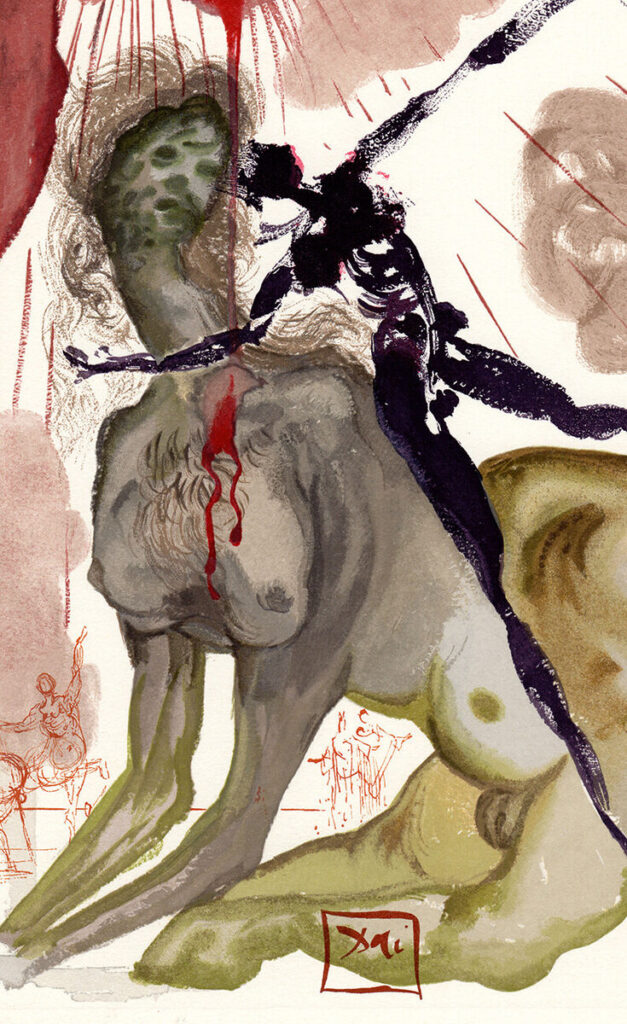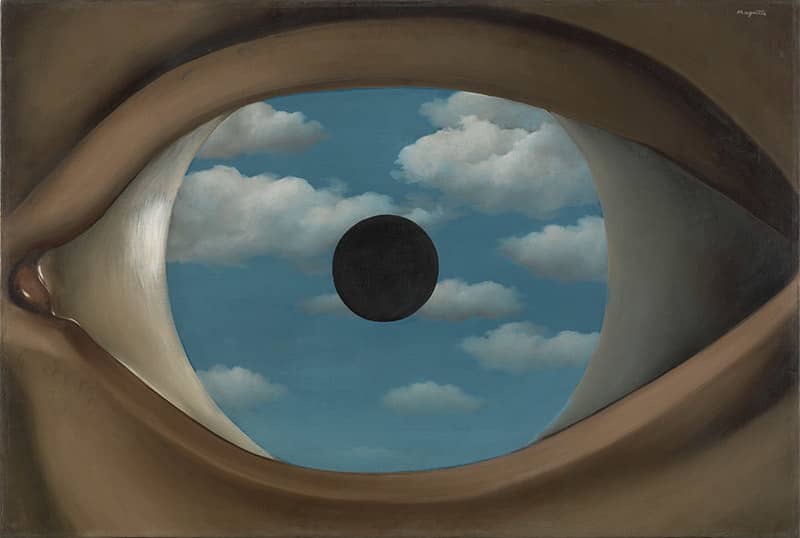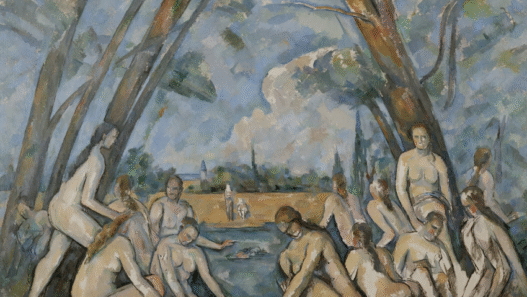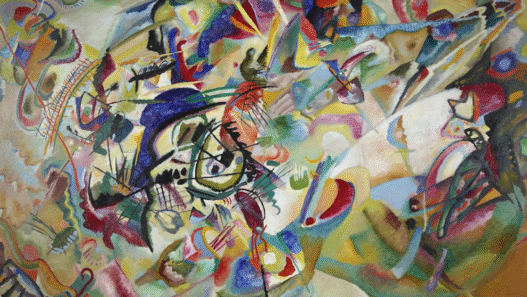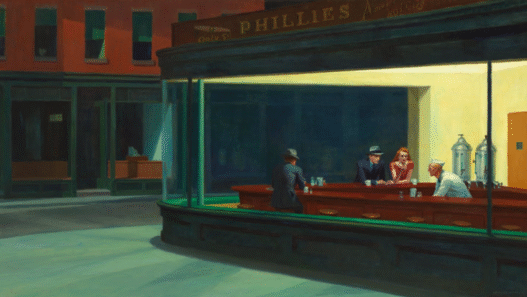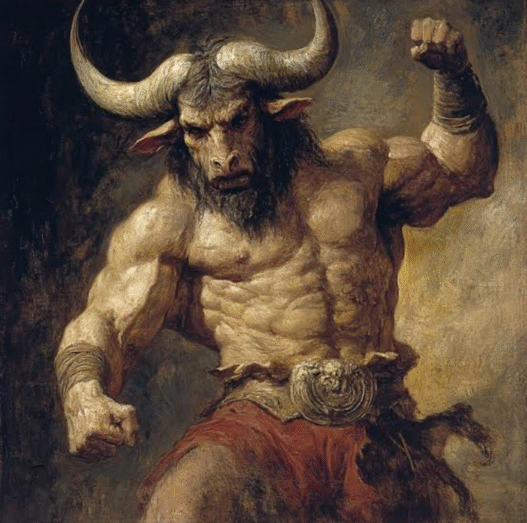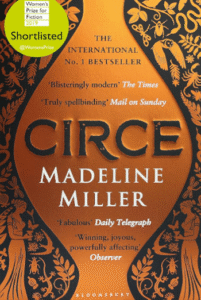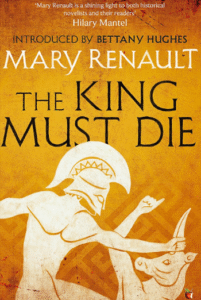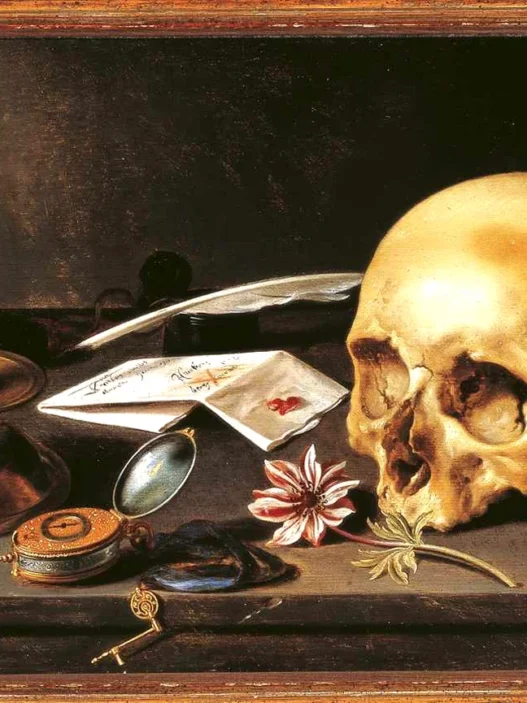Beneath the palace of Crete, where shadows coil and echoes whisper, a monster waits.
Half man, half beast, born of divine punishment and human pride. Each year, the innocent descend into darkness, never to return… until one dares to challenge fate.
The Minotaur, a mythical creature from Greek mythology, has fascinated artists for centuries. It is often seen as a chaotic symbol representing the tension between instinct and reason, as well as the destructive outcomes of unchecked desires and the clash between civilisation and primal urges.
The symbolism of the Minotaur in George Frederick Watts’ paintings is profound. We’ll explore why his work captures its complexity
Throughout this blog, I’ll reference artworks by various artists influenced by the Minotaur’s symbolic power.
So, did it all start with Theseus?Not exactly
While the story of Theseus and the Minotaur is one of the most famous myths featuring the creature, the Minotaur as a symbol predates this specific narrative. Its origins lie in ancient Minoan culture, where bulls were central to religious rituals and iconography, representing strength, fertility, and primal energy.
The later Greek myth of Theseus venturing into the Labyrinth to confront the Minotaur gave the creature a concrete story, transforming it from a symbolic figure into a dramatic character that embodies chaos, human instinct, and the enduring tension between heroism and monstrosity.
Who was the real monster?
Reveal Image (contains mature content)
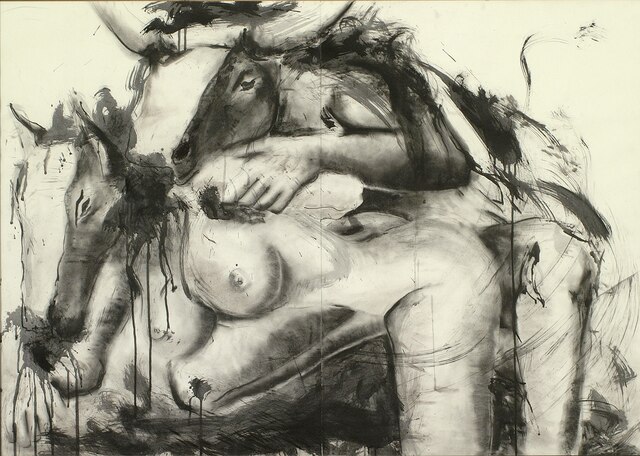
The Duality of Nature
The Minotaur represents the duality of human nature. With the head of a bull and the body of a man, it embodies the contrast between animal instincts and rational thought.
On one side, the bull reflects raw, untamed energetic aggression and urges that drive dominance, survival, and power.
This contrast highlights the internal struggle within each of us.
In the myth, the Minotaur’s existence results from unchecked passion which is the union between Pasiphae, queen of Crete, and a sacred bull.
This story shows the dangers of indulging base desires without regard for moral or social boundaries.
The creature’s confinement in the labyrinth also reflects how society attempts to contain these chaotic impulses which in turn force them into a symbolic prison.
However, the Minotaur’s continued presence suggests that such instincts cannot be fully suppressed. Eventually, they surface again, often in unpredictable and dangerous ways.
In Recent News
A fascinating archaeological discovery has emerged during construction work for a new airport in Crete.
A 4,000-year-old structure, possibly linked be the legendary labyrinth of Minoan King Minos, was uncovered near the town of Kastelli, approximately 51 kilometres southeast of Heraklion, Crete’s capital, LiveScience reported last week.
The ancient site sits atop a hill and features architectural traits typical of the Minoan civilisation. It dates back to around 2000–1700 B.C.
Measuring 48 metres in diameter, the structure includes a central circular building and an outer area with walls arranged like spokes on a wheel.
Could the labyrinth of legend be real?
This fascinating documentary explores new archaeological evidence that may connect myth with history.
The layout consists of eight stone rings, interspersed with smaller walls to create a labyrinth-like pattern.
According to a statement from the Greek Culture Ministry, the recently uncovered structure near Kastelli is believed to have served as a venue for communal ritual feasts rather than as a residential space.
The discovery of animal bones and various other artefacts in the area supports the theory that it was a site for ceremonies involving food, wine, and offerings, shedding new light on the ceremonial practices of the Minoan civilisation.
The Minotaur in Literature
The encounter between Theseus and the Minotaur is more than a heroic battle. It symbolises a confrontation between two sides of the self.
If you’re looking for a literary take, Jorge Luis Borges wrote a powerful short prose poem titled The House of Asterion.
Here’s a brief excerpt:
“I know they accuse me of arrogance, and perhaps of misanthropy, and perhaps of madness. Such accusations (for which I shall exact punishment in due time) are laughable.”
The poem retells the Minotaur myth from the creature’s perspective. Borges portrays him not as a monster, but as a tragic, misunderstood figure seeking redemption.
The piece is philosophical, haunting, and deeply human.
It doesn’t follow a traditional poem format, but the poetic language and rhythm give it lyrical depth.
In this sense, the Minotaur is not just a beast to be slain but a reflection of the darker aspects of humanity that we must acknowledge and confront in order to achieve balance and self-mastery.
Labyrinth of The Mind
The Labyrinth was a masterfully designed maze, commissioned by King Minos and created by the architect Daedalus.
Minos was the legendary king of Crete, the son of Zeus and Europa. Every nine years, he demanded that King Aegeus send seven boys and seven girls to the Labyrinth.
The legend of Minos and the Labyrinth has inspired several films. Minotaur (2006) reimagines the myth as a horror story, with youths sacrificed to a monstrous creature in the Cretan king’s labyrinth, while Minotaur, the Wild Beast of Crete (1960) sticks closer to the classic tale of tribute and terror under King Minos.
After his death, Minos took on a new role as a judge of the dead in the underworld, alongside Rhadamanthus and Aeacus.
In Greek mythology, the Minotaur was imprisoned within this complex structure. To escape after slaying the creature, Theseus relied on a ball of thread, given to him by Princess Ariadne. While this is the most widely accepted version, deeper exploration reveals numerous variations and contradictions.
Myths are constantly reinterpreted and retold, and the tale of the Labyrinth is no exception.
The labyrinth serves as a metaphor for the human mind—intricate, confusing, and filled with emotional and psychological complexity. It reflects the maze of our thoughts, desires, fears, and inner conflicts.
More than a physical space, it symbolises the journey of self-discovery. Navigating its twists and turns mirrors the process of confronting inner challenges and transforming into a more integrated self.
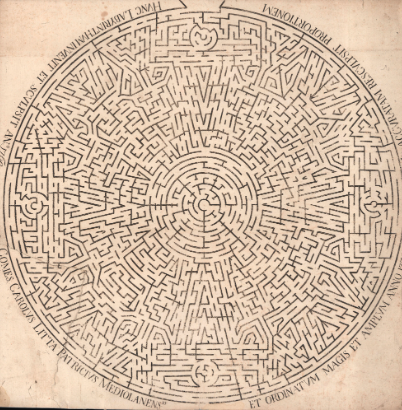
Symbolic Isolation and Alienation
The Minotaur’s existence within the labyrinth also symbolises isolation and alienation. It represents individuals trapped by their inner struggles—cut off from others and unable to find belonging.
The Minotaur’s confinement in the labyrinth reflects the sense of being an outsider or an outcast.
George Frederick Watts, a prominent artist of the 19th century, explored these symbolic themes in his paintings featuring the Minotaur.
His depictions often portrayed the creature in a contemplative and introspective manner, emphasising the psychological and emotional dimensions of the Minotaur’s symbolism.
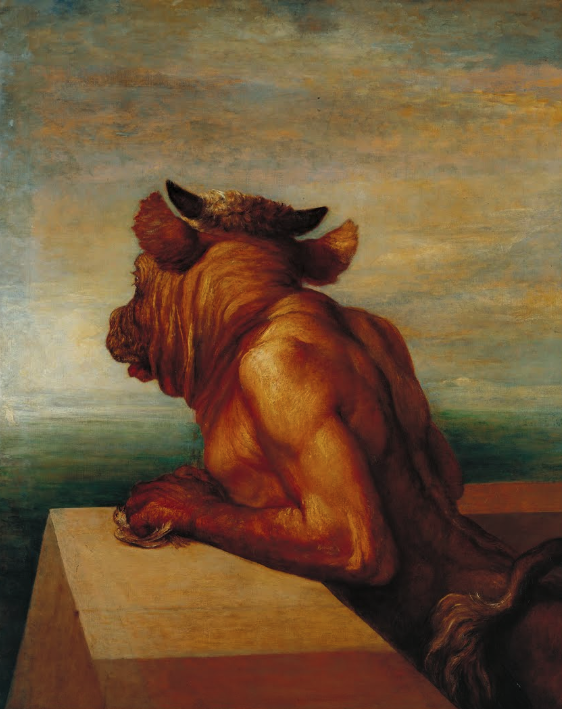
By utilising the Minotaur as a symbol, Watts delved into the complexities of human nature, the struggle between light and darkness within ourselves, and the transformative power of self-awareness and acceptance.
His art invites viewers to confront their own inner Minotaurs, embracing the journey of self-discovery and seeking harmony between their conflicting aspects.
The symbolism surrounding the Minotaur in George Frederick Watts’ works resonates with universal themes of human existence, making it a subject of enduring fascination and contemplation.
“The Minotaur’s confinement in the labyrinth reflects the sense of being an outsider or an outcast.”
Symbolism of The Minotaur Dalí Picasso
The Minotaur has captivated modern artists, particularly Pablo Picasso and Salvador Dalí, who used this mythological creature to explore profound themes in their work.
These two pioneers of modern art reinterpreted the Minotaur to convey deeply personal and universal struggles, blending mythology, art, and symbols into powerful expressions.
Picasso’s recurring use of the Minotaur motif reflects his fascination with the duality of human nature and the beast within. For Picasso, the Minotaur symbolised masculinity, power, and inner turmoil.
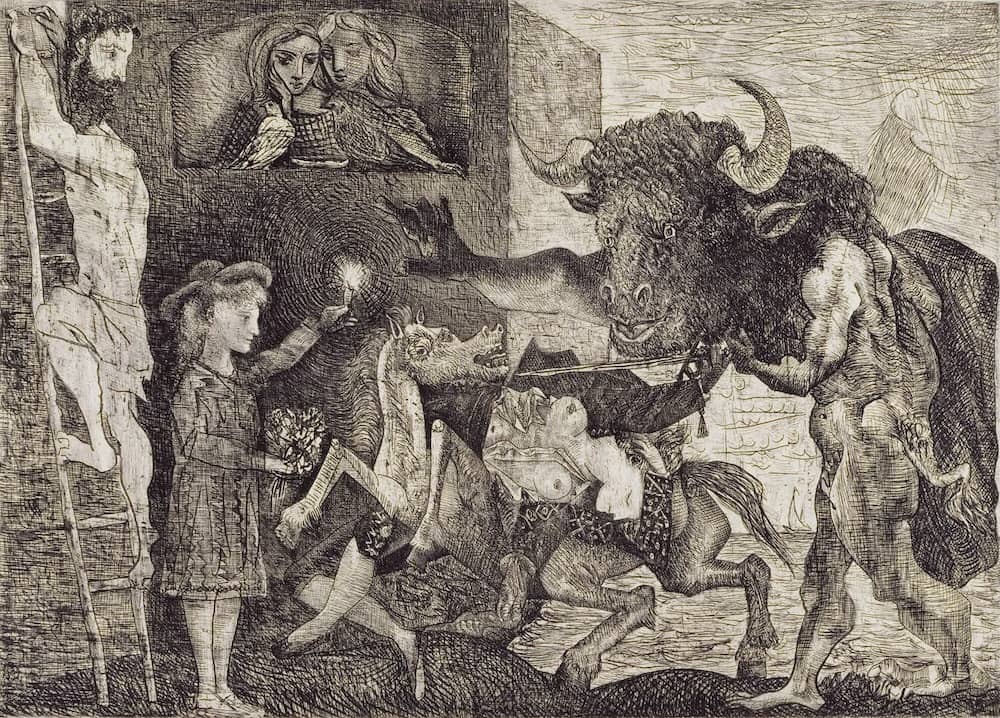
In his etching Minotauromachia (1935), he presents the creature as both violent and vulnerable, blending scenes of brutality with moments of introspection.
Minotauromachy (1935) by Pablo Picasso
These work explores the Minotaur as a representation of Picasso himself, torn between his animalistic instincts and creative intellect.
The combination of mythology and symbolism in his art illustrates the tension between civilisation and primal desire, making the Minotaur a powerful allegory for the human condition.
The Minotaur in Salvador Dalí’s Subconscious
Dalí approached the Minotaur from a surrealist perspective, using it as a symbol of subconscious fears and desires.
In The Minotaur (1936), Dalí portrays the creature in dreamlike settings that evoke existential dread and vulnerability.
For Dalí, the Minotaur was not just a beast, it was a mirror of human vulnerability, a figure trapped within its own labyrinth of psychological complexities. Note the delicate lines folding across the face and obscure direction of the figure.
The mass of shapes convulsing at the base of the painting, weighted on the bottom left.
